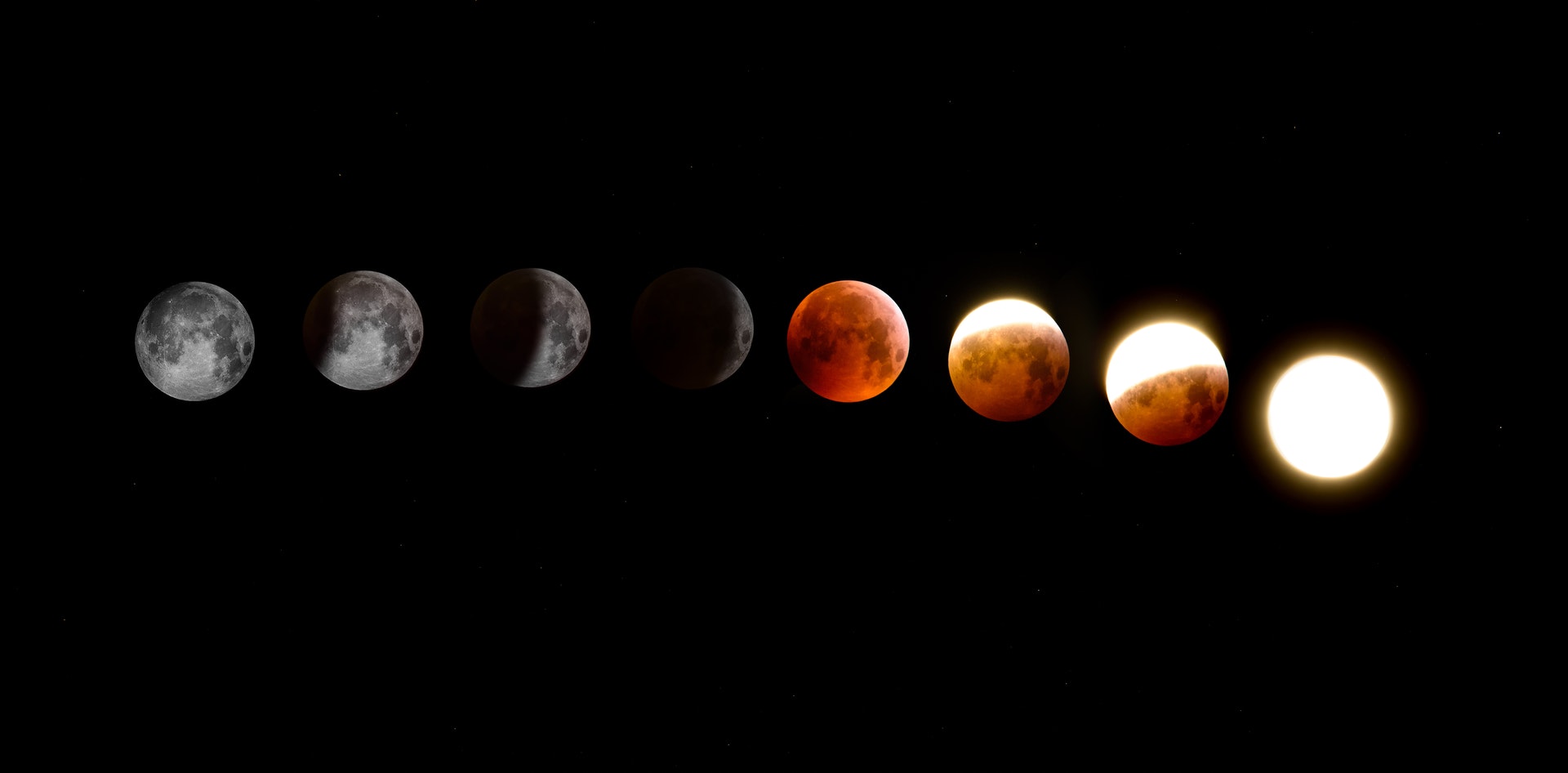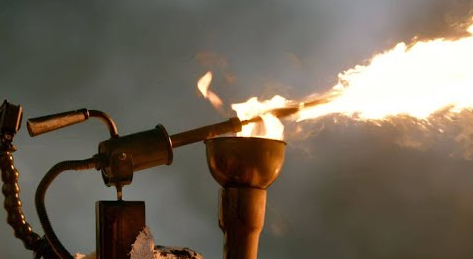The History Of The Chinese Pray
The Chinese believe that there are thirteen different Zhen-shui god works. They also say that
these are the twelve celestial animals. They have five elements, metal, wood, fire, and water, all
of which influence the different aspects of the Zhen-Shui. For instance, the metal element can
cause the metal element in the first day of the first lunar month to begin to rust.
In addition to Zhen-shui and Taoism Jin Paper, there are other religions of the Chinese culture that also
have been influenced by Chinese religious culture. Some of these are Buddhism, Confucianism,
Daoism, and even Islam. One of these religions is the Hong Kong Buddhists.

Unlike Christianity, in the Chinese belief, the third day of the Chinese lunar calendar is not a holy
day for all Christians. This is because on this day, the spirits of those who have passed away do
not come to retrieve them. Instead, they appear in the form of a ghost, which is the tutelary god
of the household. According to the Chinese calendar, these dead ancestors have been waiting
for the blessings of the new lunar year to fully restore their glory. If they are not fully restored on
the third day, then this does not signify that they have been lost forever.
Both Zhen-shui and taoism have been derived from the ancient Confucianism religion of the
early period of statehood. The Confucianists believed that the heaven and earth were governed
by a force known as the “God Force,” which was believed to be responsible for governing all
aspects of human life. This force was also responsible for causing rain to fall and created the
seasons.

Like many other religions, Confucianism also had its own version of a God’s Prayer -a kind of
ritual that was employed to instill faith and hope among the Chinese people. Unlike most Asian
religions that utilize divine beings, such as the angels or statues, the Chinese prays to
something that is considered to be a living entity, such as animal. In fact, when Chinese people
used incense to burn during religious ceremonies, they were actually praying to these living
beings. These practices were adopted by the other Chinese religions as well, such as Zen
Buddhism, which saw praying to a dry bush as being similar to pouring oil on a fire.
The practice of writing the names of persons and things that have been blessed on paper in
Chinese has a prehistorical meaning. In fact, it is from this prehistorical meaning that we get the
term of “paper prayer” today. In ancient times, when writing was not as common as it is today, it
took a lot longer to pray or write a name, as most people did not have the luxury of paper and
would pray or write whatever they could find around them. For this reason, jade inscriptions were
created for use in prayer, as they are the easiest to write and read, much like the alphabets are
easier to read when written in Chinese.




 The Byzantines handled the weapon masterfully and thus managed to repel the Arab invasion. This defense was effective for hundreds of years and Greek Fire was even used in invasions from the sea. Many people believe that this was the first incendiary weapon in history, which is a lie. However, it was by far the most historically significant. The fascinating thing about Greek Fire is that the armies that captured the weapon were never able to replicate it.
The Byzantines handled the weapon masterfully and thus managed to repel the Arab invasion. This defense was effective for hundreds of years and Greek Fire was even used in invasions from the sea. Many people believe that this was the first incendiary weapon in history, which is a lie. However, it was by far the most historically significant. The fascinating thing about Greek Fire is that the armies that captured the weapon were never able to replicate it.